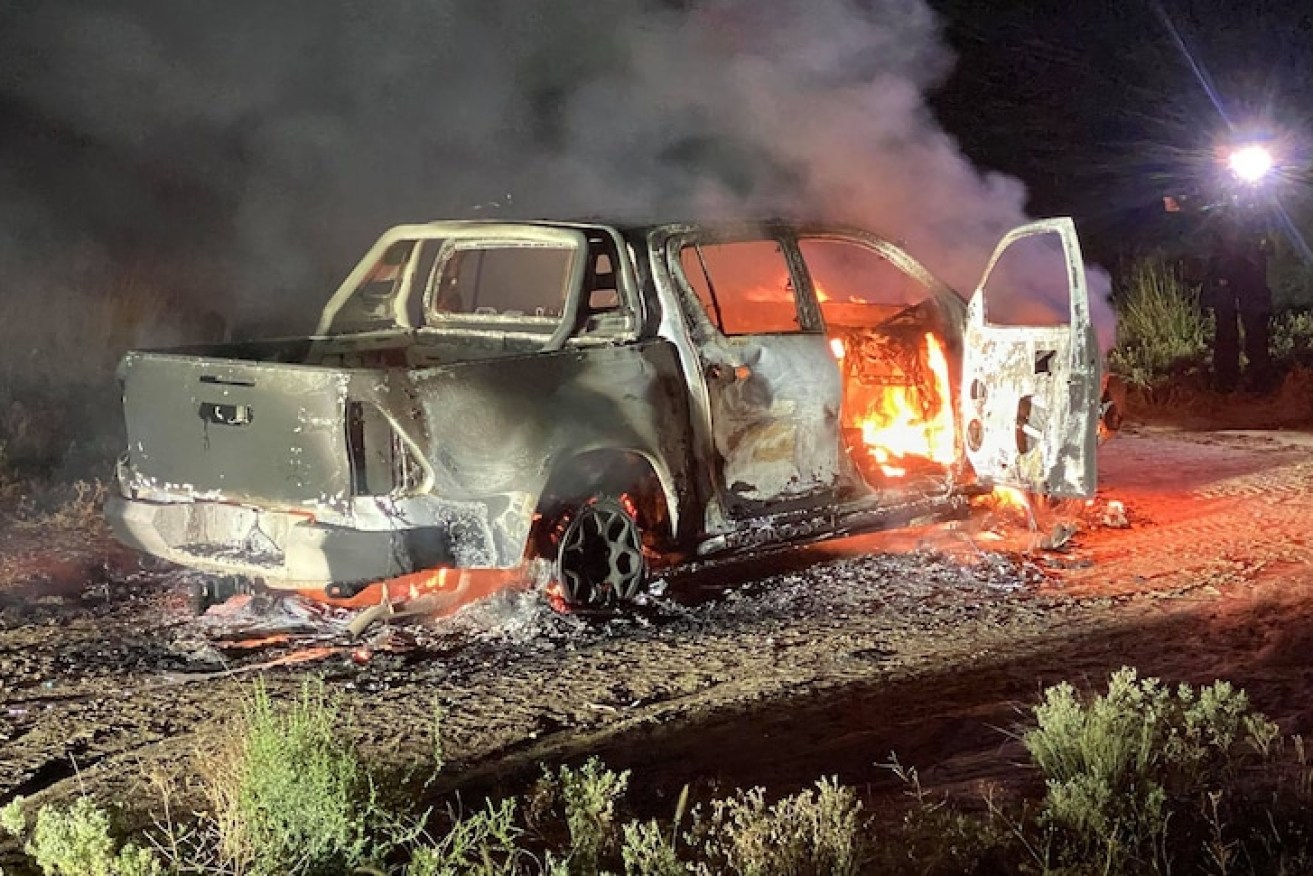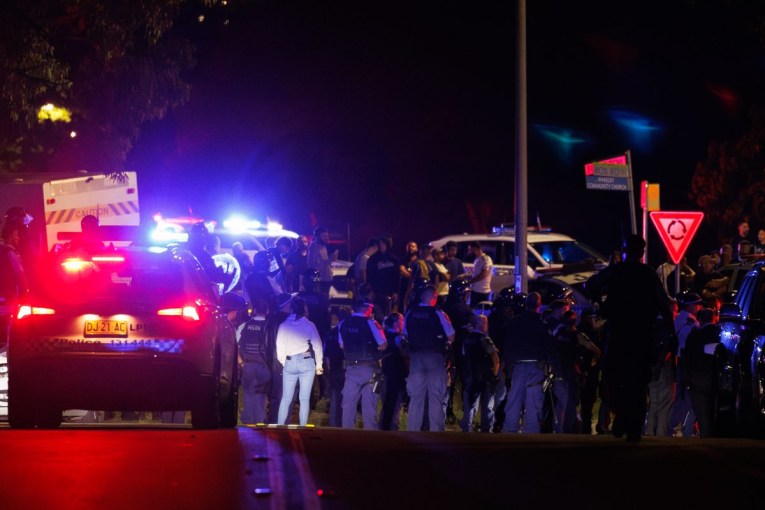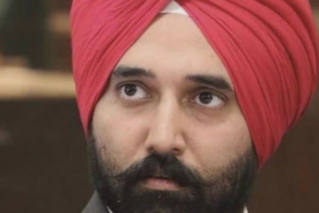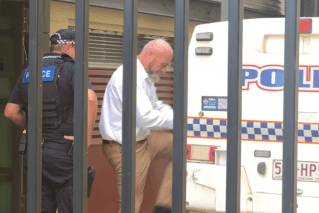It takes a village: RBT pioneer has a plan to blow away regional youth crime
Leading Australian criminologist Professor Ross Homel was an early architect of random breath testing to curb alcohol-related road accidents. Now he’s advocating for similar early prevention strategies to reduce youth crime.


Shocking new data shows authorities are struggling to rein in property and vehicle crime. (Photo: ABC/Mel Rice)
The foundation professor of criminology at Griffith University and Order of Australia recipient will meet with Youth Justice Minister Leanne Linard next week to explain his crime-busting blueprint amid rising criticism of the government’s approach to youth offending.
The meeting comes as the border town of Goondiwindi is the latest Queensland community to report an upsurge in youth crime, adding to the already well-documented crime waves that have been hitting northern regional cities such as Mount Isa, Cairns and Townsville.
The ABC reports that the south-western Queensland town of 6000 people is under siege from a spike in crime involving property break-ins, car theft and arson.
The region has recorded 541 offences in the past six months, higher per capita than Townsville and Cairns, according to Queensland Police Service (QPS) statistics.
April this year was particularly severe, with 124 offences recorded, up from 51 in November, 2020.
Local police have indicated that many of the offenders originate over the border in NSW, home to largely Indigenous communities such as Boggabilla and Toomelah, where instances of child abuse, neglect and poor social services over decades have required state and federal government intervention.
Social service providers quoted in the ABC report suggest the offenders are from disadvantaged backgrounds.
Goondiwindi Mayor Lawrence Springborg has called for calm, ahead of the formation of a local response group involving the QPS and other organisations that will be considered by council this week.
Police and law enforcement experts from Queensland and NSW were also expected to meet this week for talks.
Springborg told the ABC he understood the emotion behind the issue, but stressed the overall number of offenders was small.
“Council will also continue to advocate for further assistance from state agencies, but I believe it is important to establish a community-led strategy for our region for now and into the future,” he said.
“We generally are a very, very safe place and historically that is the case.
“Reputationally, we can’t afford a situation where this gets blown out of proportion.”
Homel, who has observed similar crime surges and worked in disadvantaged communities for more than 40 years as a criminologist, told InQueensland that civic leaders like Springborg were right to seek a ‘whole-of-community’ response armed with evidence-based strategies to tackle the heart of the problem.
He said it was a general rule of criminology that 10 per cent of the offenders were responsible for more than half the reported crime.

Griffith University’s Professor Ross Homel.
Therefore, he said, communities would benefit from broadly knowing the backgrounds of those responsible for the majority of offences, in a bid to implement strategies that were sustainable, targeted and backed by evidence.
“Otherwise, you’re really just taking a stab in the dark,” he said.
“I could almost write the life stories of these children without even knowing them. Often, they’ve had chaotic, fairly unpredictable or violent family backgrounds and are known to child protection.
“Other risk factors include sexual assault on the child, which is often a pre-cursor to risk-taking behaviour. Typically, they’ve dropped out of school after a long period of disengagement and they will often have learning difficulties.
“A study in WA three years ago found 89 per cent of those in youth detention had at least one diagnosed development delay and 37 per cent had a diagnosis of mental alcohol spectrum disorder, which we know is brain damage.
“These are kids who will make poor judgements, they tend to fly off the handle into rage and aggression, but we are learning that they can be taught skills and socialised into more acceptable types of behaviour.”
Homel is advocating for early screening and intervention when children present with issues that could potentially put them at risk of anti-social or criminal behaviour later in life.
“At the moment we’re just not putting in the effort in a systematic, coordinated and consistent way to identify and capture these children at risk,” he said.
“Kids out on the street, blowing up cars as it were, didn’t emerge yesterday. It has a long story back to the point where these unacceptable behaviours originate.”
He said prevention was the “gold standard” when it came to public safety, similar to how law enforcement is pro-active around lowering road accidents or health authorities get ahead of pandemics.
“We should be treating crime no differently, but we’re still very much reactive, and politicians get into this lose-lose game of who can be tougher on crime,” he said.
“In the early 80s it took two years to convince very reluctant, sceptical commissioners of police about the merits of a random breath testing scheme.
“But once the data proved that this type of prevention lowered alcohol-related road accidents it became self-reinforcing. RBT has been one of the cornerstones of road safety for 40 years and it’s difficult to imagine life without it.
“I’m optimistic we will get to a similar space in the way we approach crime prevention.”
But Robbie Katter, KAP leader and State Member for Traeger, which takes in Mount Isa, explained to InQueensland that penalties for young offenders still needed to be tougher ahead of considering what he described as “bleeding heart” alternatives.
“This is mainly directed at, but not exclusively, our First Australians, who make up the highest proportion of the problem in Mount Isa and our north-west Gulf communities,” he said.
“Regardless of race, colour and creed, the solution lies in the fact there’s no real consequence for these kids.
“We can all talk about lack of parenting and lament that but we’re not going to fix that in a hurry.
“We have to first give a real consequence for their actions and then if we can try to turn their lives around to make them more productive.”
The LNP’s shadow police minister Dale Last is also calling for a stiffening of judicial levers, arguing that breach of bail must be re-introduced as an offence in Queensland
“The State Government is losing control of the youth justice system,” he said.
Last said 29 of Queensland’s worst teenage, recidivist offenders were living in Townsville, with another 28 young repeat criminals linked to Cairns.
“North Queenslanders are fed up,” he said.
“The only way to stop these young thugs is to re-introduce breach of bail as an offence.
“The State Government is fuelling fear and uncertainty while it tears itself apart over the age of criminal responsibility. This is a broken promise to Queenslanders.”
The office of Youth Justice Minister Leanne Linard was contacted for comment.










